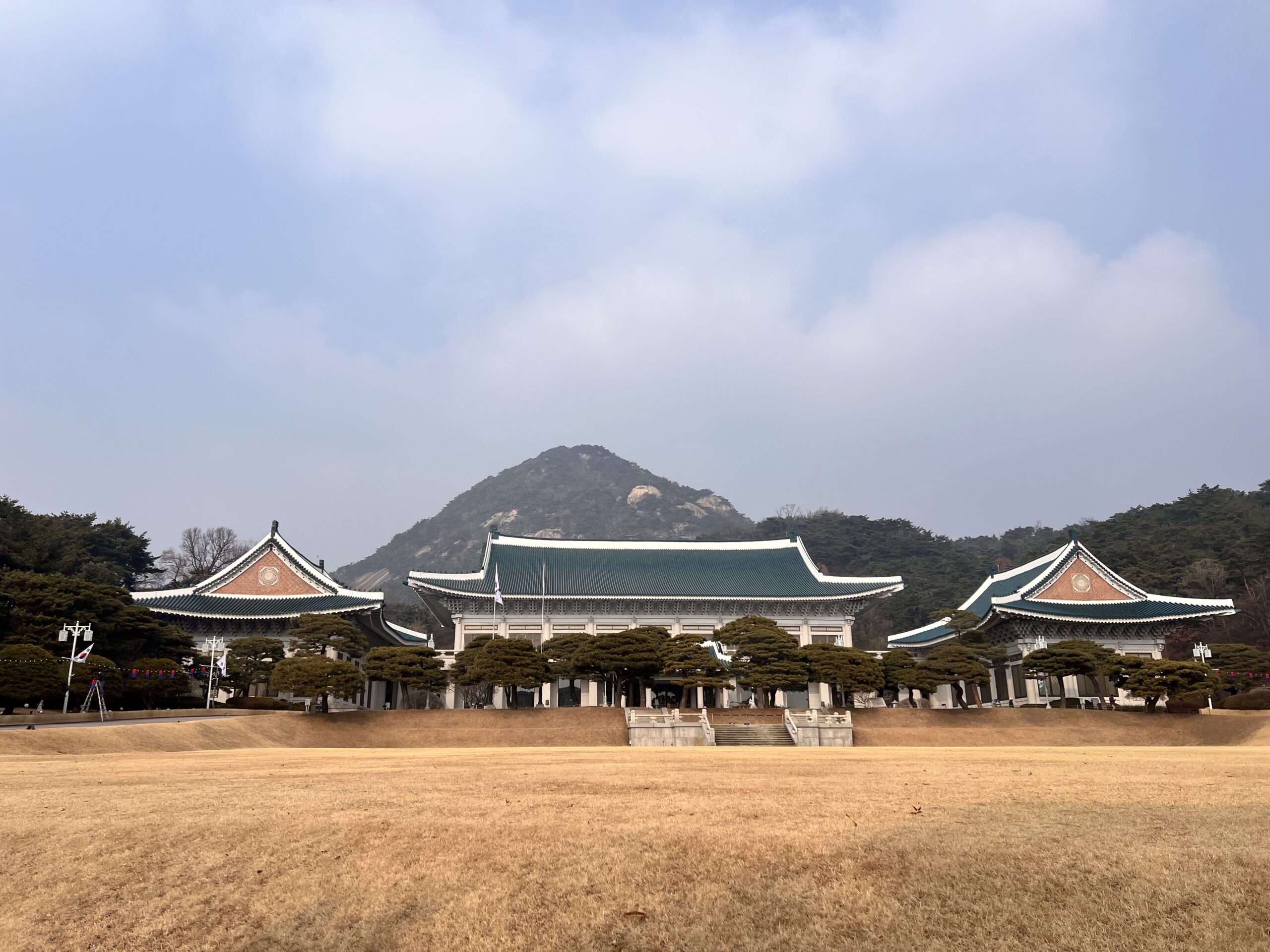Nestled in the heart of Seoul, Deoksugung Palace is one of the Five Grand Palaces of … Deoksugung Palace: Where Tradition Meets Modern HistoryRead more
koreatravel
6 Must-Try Korean Winter Snacks
Winter in Korea is not just about chilly winds and snowy streets; it’s also the perfect … 6 Must-Try Korean Winter SnacksRead more
Complete Guide to Gyeongbokgung Palace: History, Attractions, and Tips
Gyeongbokgung Palace is the largest and most iconic royal palace from Korea’s Joseon Dynasty, located in … Complete Guide to Gyeongbokgung Palace: History, Attractions, and TipsRead more
Ultimate Guide to Jogyesa Temple: Seoul’s Iconic Buddhist Sanctuary
Introduction to Jogyesa Temple If you’re visiting Seoul and looking for a unique cultural experience, a … Ultimate Guide to Jogyesa Temple: Seoul’s Iconic Buddhist SanctuaryRead more
Discover the Beauty of Namsangol Hanok Village in Seoul
A Hidden Gem in Seoul: Namsangol Hanok Village If you’re looking for an authentic cultural experience … Discover the Beauty of Namsangol Hanok Village in SeoulRead more
Changdeokgung Palace Tour – A Must-Visit UNESCO Site in Seoul
If you’re visiting Seoul, taking a Changdeokgung Palace tour is a must! Built in 1405, this … Changdeokgung Palace Tour – A Must-Visit UNESCO Site in SeoulRead more
Cheong Wa Dae (Blue House) – A Must-Visit Historical Site in Seoul
For those interested in history, politics, and architecture, Cheong Wa Dae (Blue House) is a must-visit … Cheong Wa Dae (Blue House) – A Must-Visit Historical Site in SeoulRead more
Essential Korean Shopping Phrases for Travelers: A Guide to Bargaining & Shopping in Korea
If you’re traveling to South Korea and planning to shop in local markets, department stores, or … Essential Korean Shopping Phrases for Travelers: A Guide to Bargaining & Shopping in KoreaRead more
Top 9 Must-Visit Restaurants in Korea by Black & White Chef Top Chefs
If you’re a food lover traveling to Korea, don’t miss these top restaurants run by the … Top 9 Must-Visit Restaurants in Korea by Black & White Chef Top ChefsRead more
The Best Free Spot to Enjoy a Stunning View of Gyeongbokgung Palace
The Best Free Spot to Enjoy a Stunning View of Gyeongbokgung Palace If you’re visiting Seoul … The Best Free Spot to Enjoy a Stunning View of Gyeongbokgung PalaceRead more
